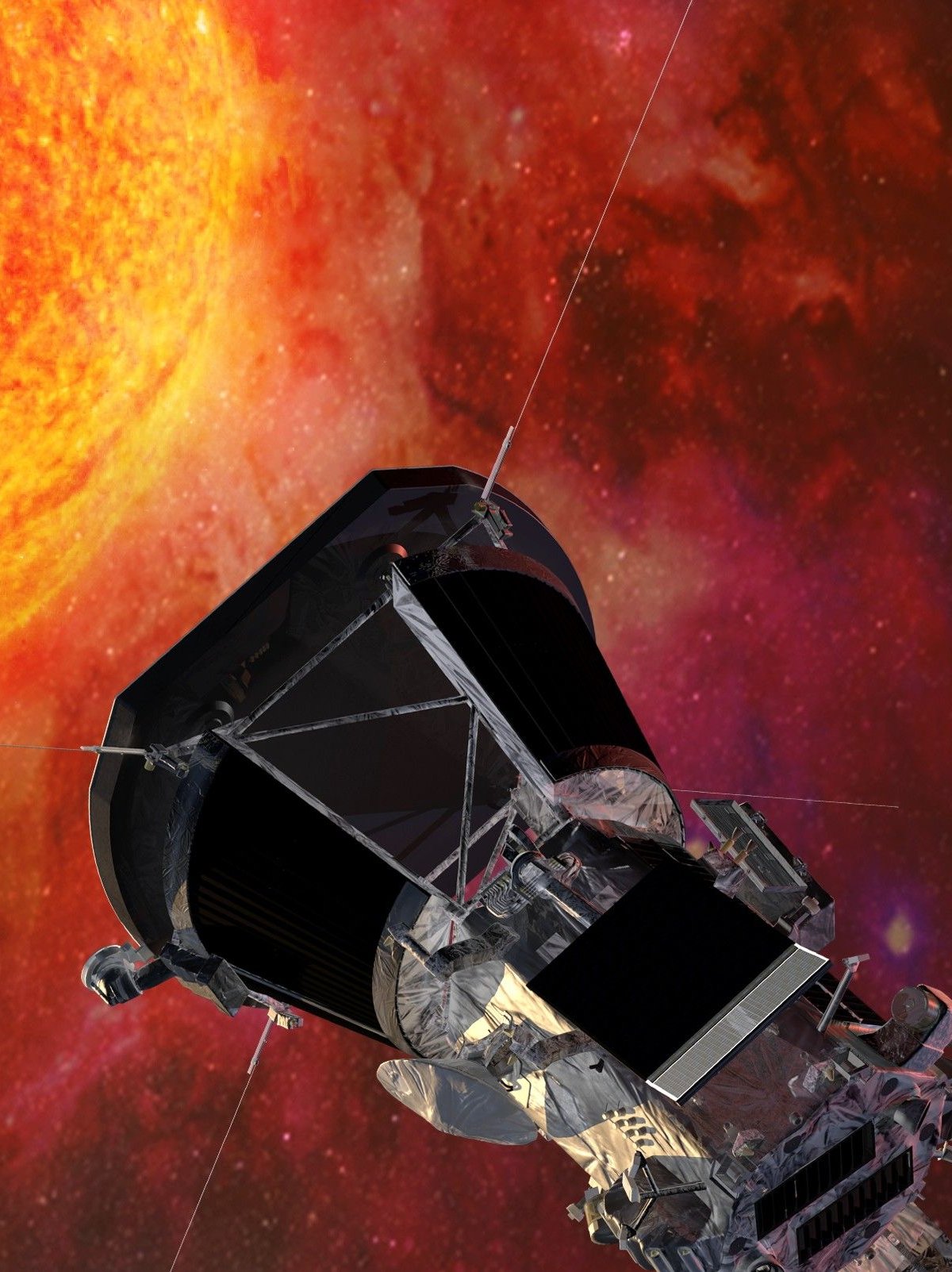In 2018, the United States National Aeronautics and Space Administration (NASA) sent the Parker Solar Probe to fly over the Sun and collect important information about its structure and internal processes. It will reach its closest point to the Sun this Christmas Eve, in about seven years.
Next Tuesday, December 24, 2024, Parker Solar Probe will be just 6 million kilometers from the sun’s surface. It will be the closest human technology vehicle to the Sun. The space agency explains that the journey will cause communication problems with the ship; It will lose communication for several days until the flyover ends.
The Parker Solar Probe is the probe that has made the most predictions during its journeys and observations of the Sun to date. The spacecraft reached a speed of 690 thousand kilometers per hour during one of these approaches.
No wonder it is the fastest solar observation probe ever built by NASA. Designed to withstand very high temperatures, withstanding up to 1,371 degrees Celsius.
“This will mark humanity’s closest approach to a star, the culmination of nearly 70 years of efforts to unlock the secrets of the Sun, from how the solar wind is generated at its source to how the solar corona is heated to extreme temperatures. This pioneering mission has solved some of the Sun’s most intriguing puzzles, and the discoveries keep coming,” NASA explains.
Parker Solar on Christmas Eve
Besides approaching Christmas Eve, subsequent approaches will occur on March 22 and June 19, 2025. Scientists suggest the probe could reach even more impressive closeness on subsequent trips, but it probably won’t be much closer than what was recorded on Christmas Eve.
In an official release, the Parker Solar Probe team said scientists’ goal Collect data to understand why the solar corona is hundreds of times hotter than the star’s surface. They are also trying to deepen knowledge about the solar wind, charged particles and other properties of the Sun.
Although it helps answer many important questions about the structure of the Sun, researchers suggest that: The data collected will likely raise new questions to be explored in future missions.
“Six years into his seven-year mission, Parker has helped scientists solve some of the most difficult mysteries about the Sun: how the solar wind is generated at its source, how the solar corona is heated to extreme temperatures, and how coronal mass ejections form and are structured,” adds NASA.
Did you like the content? So, stay updated with more topics like this on TecMundo and take the opportunity to understand what would happen if the Sun suddenly disappeared. Until next time!
Source: Tec Mundo
I’m Blaine Morgan, an experienced journalist and writer with over 8 years of experience in the tech industry. My expertise lies in writing about technology news and trends, covering everything from cutting-edge gadgets to emerging software developments. I’ve written for several leading publications including Gadget Onus where I am an author.











